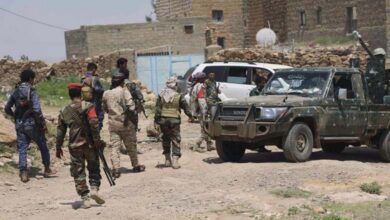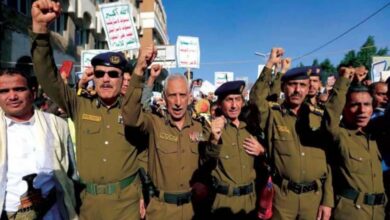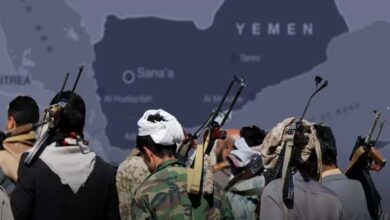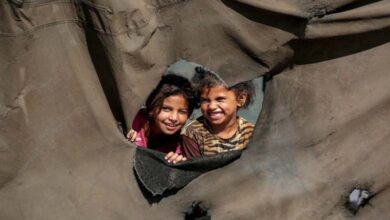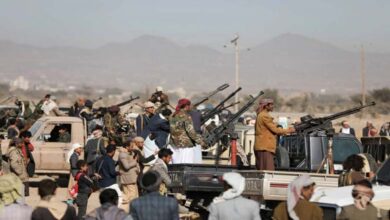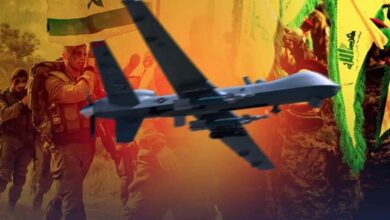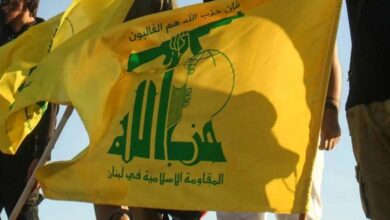How is the violence between Gaza and Israel different today?
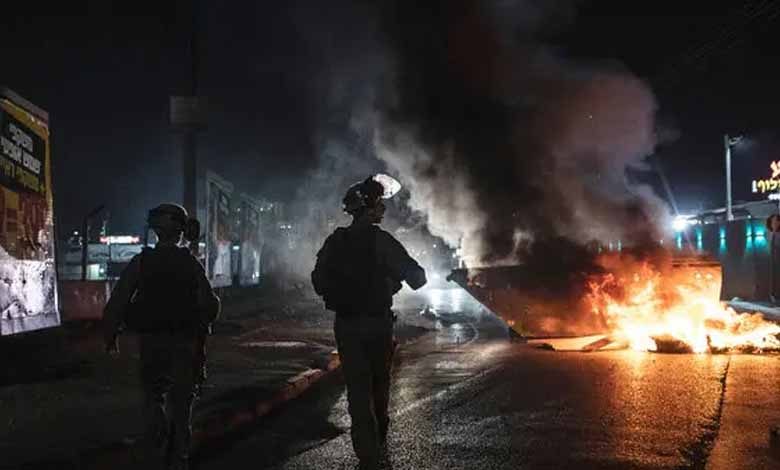
Several political and military realities separate the recent violent showdown between the Gaza-ruling Hamas faction and Israeli forces from the three other confrontations the 2 experienced over the last 12 years.
Even though it had been triggered by the forced eviction of Palestinian families from the East Jerusalem neighborhood of Sheikh Jarrah, the military escalation between Israel and Hamas are often traced back to 2 isolated yet recent Israeli and Palestinian political developments.
Israeli President Reuven Rivlin had tapped opposition leader Yair Lapid to make a replacement government that has both right and left-wing parties and centrists – a step that might spell the top of the lengthy rule of Prime Minister Benjamin Netanyahu.
Meanwhile, Palestinian Authority (PA) President Mahmoud crushed Hamas’ great hopes for a far better foothold in Palestinian politics by delaying much anticipated parliamentary elections.
Factoring in both those changes, it becomes very likely that every of Netanyahu and Hamas will attempt to piggyback off the crisis unfolding within the tiny neighborhood of Sheikh Jarrah to enhance their own standing.
For example, Yamina leader Naftali Bennett, who once served as Israel’s defense minister, renewed talks with Netanyahu’s Likud, which was seen as a big political “achievement” for the prime minister who was scouring for enough support in Knesset.
Bennett’s change in direction gave Netanyahu 59 Knesset votes, only two votes in need of a majority.
Correspondingly, Hamas leaders upped the ante in their political sparring with Abbas and Fatah party by placing Jerusalem at the guts of their political speeches.
It is worth noting that episodes of Israeli-Palestinian violence in 2009, 2012, and 2014 mainly centered around Hamas-ruled Gaza, unlike today’s ongoing hostilities, which spilled over to Jerusalem, a city revered by Arabs and Muslims worldwide.
Tensions did escalate in Israeli-occupied Palestinian territories back in 2014, but they didn’t spiral into clashes just like the ones witnessed recently across the West Bank and near borders with Jordan and Lebanon.
This week’s aggressions are likely to continue past May 15, the annual commemoration day on which Palestinians mark the Nakba, also referred to as the Palestinian Catastrophe, which comprised the destruction of Palestinian society and homeland in 1948.
So far, Hamas has claimed it launched over 1,600 rockets at Israel. one among the long-range projectiles targeted Israel’s second-largest airport outside the southern city of Eilat, Ramon.
“Hamas’ missiles are at a special level of accuracy, range, and count from the previous escalation in 2014,” a Western diplomat acknowledged , adding that the militant group was now using drones and anti-armor weapons.
“A change also emerged in battle conduct,” they noted.
The shift in military dynamics prompted Israeli officials to hint at a operation aimed toward “restoring the long-established calm” after “Hamas having crossed the line and violated rules of engagement.”
At the instant , Hamas is looking for enforcing a short lived bilateral armistice. Still, mediators are pressing the nationalist organization to simply accept a unilateral truce for 6 or three hours to barter a more comprehensive and sustainable ceasefire.
On a tangent, the violence rocking Gaza comes at a time when the customary friendly ties shared between Washington and Tel Aviv are strained by sour relations between Netanyahu and US President Joe Biden.
Biden’s efforts to resume peace negotiations within the Middle East in 2010, when he was vice chairman within the Obama administration, were “welcomed” by Netanyahu uncooperatively expanding settlements.


